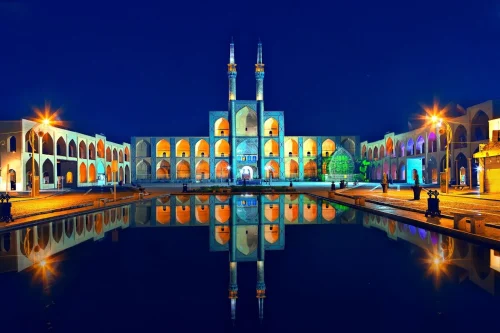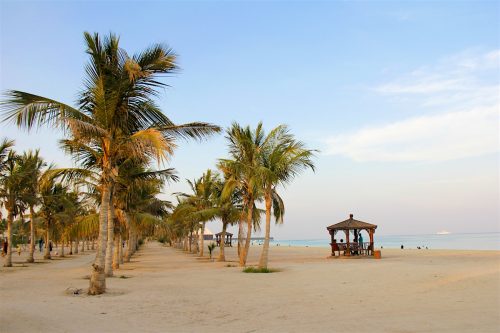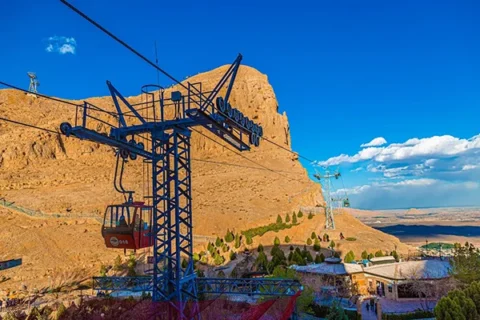China at a Glance | From Culture to Population in 2024
China at a Glance | From Culture to Population in 2024, is a vast and populous country in East Asia with a history spanning several millennia. This country, with its high geographical diversity, encompasses mountains, deserts, plains, and beautiful coasts. As of 2024, China’s population exceeds 1.4 billion, making it the world’s second most populous country. Chinese culture, with its ancient traditions and customs, continues to hold a special place globally. In recent years, China’s economy has experienced significant growth, establishing the country as one of the largest global economies. In this article, we explore various aspects of this country, including its history, culture, population, and economic forecasts.
History and Genesis of China at a Glance | From Culture to Population in 2024
China, one of the oldest civilizations in the world, with a history spanning several thousand years, has played a prominent role in shaping Asian cultures. From ancient dynasties like Xia, Shang, and Zhou to the Tang and Song dynasty eras, China has always been distinguished in cultural, scientific, and technological advancements. In the contemporary period, with the establishment of the People’s Republic of China in 1949, the country has experienced immense transformations, leading to rapid economic growth and widespread social changes. In 2024, China, as the world’s second-largest economy and a key player in international politics, faces numerous challenges and opportunities that directly impact its population and culture.
Chinese Culture: Traditions and Customs at a Glance | From Culture to Population in 2024
Chinese culture is rich and diverse, with deep roots in traditions and customs that have been passed down from generation to generation. Traditional celebrations such as the Chinese New Year, Fang Art Festival, and Winter Solstice Festival highlight the importance of family, respect for ancestors, and appreciation for nature in Chinese culture. Chinese arts like calligraphy, painting, Peking opera, and martial arts also form significant parts of the country’s cultural identity. In 2024, with the increasing Western influence and globalization, Chinese culture is constantly balancing between preserving traditions and embracing innovations, which significantly affects the behaviors and social values of the population.
China’s Population Structure: Statistics and Trends at a Glance | From Culture to Population in 2024
China’s population in 2024 is approximately 1.4 billion, making it the second most populous country in the world. Despite restrictive birth policies implemented over the past decades, the country’s population continues to grow due to low birth rates in recent years and increasing life expectancy. Additionally, China faces challenges such as an aging population and a declining workforce ratio, which have broad impacts on economy and social policies. Internal migration trends to cities also persist, leading to increasing population concentration in urban areas and decreased density in rural regions.
China’s Economic Boom: Factors and Achievements at a Glance | From Culture to Population in 2024
China’s economy has seen remarkable growth in recent years, becoming one of the largest economies in the world. Key factors in this growth include massive infrastructure investment, open economic policies, and the development of new technologies. China has made progress in various fields such as manufacturing, information technology, renewable energies, and international trade. Additionally, Chinese companies like Alibaba, Huawei, and Tencent play significant roles in global markets. However, China faces challenges such as trade implications with the United States, environmental issues, and the need for more innovation to maintain competitiveness.
Key Cities in China: Capitals and Economic Centers at a Glance | From Culture to Population in 2024
China has many important cities, each playing a special role in the country’s economy and culture. The capital Beijing is a political and cultural center, Guangzhou is one of the largest commercial and industrial hubs, and Shanghai is the largest economic city and port. Other important cities like Shenzhen, focused on technology and innovation, Hangzhou, with historical sites and natural beauty, and Sichuan, with hardware and electronics industries, each have a specific share in overall national development. In 2024, these cities serve as major centers for attracting foreign investment, skilled labor, and international tourists.
China’s Educational System: Education and Opportunities at a Glance | From Culture to Population in 2024
China’s educational system is one of the most advanced in the world, with a strong emphasis on higher education, research, and development. Prestigious Chinese universities like Peking University, Shenzhen University, and Fudan University are renowned academic centers attracting many international students. China, with massive investments in education, aims to train a skilled and specialized workforce to strengthen various industries. In 2024, China’s educational system still faces challenges such as high academic pressure, the need for innovation in teaching methods, and alignment with the evolving job market needs.
China’s Political System: Government and Policies at a Glance | From Culture to Population in 2024
China’s political system is based on a ruling party, the Communist Party of China, which maintains full control over all governmental and social organizations. The country’s major policies and decisions are guided by the central committee of the Communist Party of China. In 2024, China focuses on economic development, social stability, and increasing its global influence. Domestic policies include economic reforms, anti-corruption efforts, and the development of new technologies. Internationally, China seeks to strengthen bilateral and multilateral relations, develop large projects like the “New Silk Road Belt,” and increase its presence in international organizations.
The Environment and Geographical Changes in China at a Glance | From Culture to Population in 2024
China faces extensive environmental challenges, including air, water, and soil pollution, natural resource destruction, and climate change. To address these issues, the Chinese government has introduced strict environmental protection and sustainable development policies. Major investments in renewable energy, forest and river conservation, and strict regulations on polluting industries are among the primary measures. Geographical changes also include urban area development, transport network expansion, and infrastructure improvement, which directly affect demographic patterns and land use.
China’s Future Outlook: Predictions and New Trends at a Glance | From Culture to Population in 2024
China’s future outlook includes positive trends and challenges ahead. On the one hand, continued economic advances, technological innovations, and increasing global influence demonstrate the country’s power and capability. On the other hand, challenges such as an aging population, the need for changes in the educational and political systems, and international pressures must be addressed. In 2024, China seeks to balance economic growth with environmental protection, improve the quality of life for its population, and strengthen its position in the global community. Additionally, interaction between traditional and modern culture, adoption of new technologies, and maintaining national identity are forming, impacting China’s social and cultural future.
FAQ
- Question1
- Answer1
- Question2
- Answer2
- Question3
- Answer3










